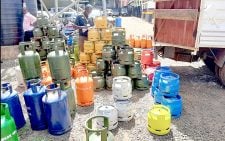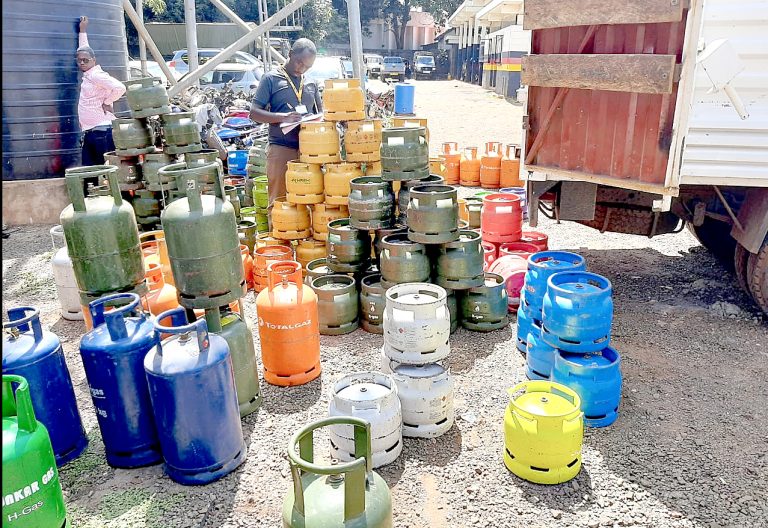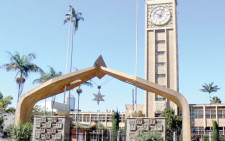Carbon credit gold rush could worsen land politics

We were told the new world order would be about equality, innovation, and shared progress. A world where climate action would unite nations, not divide them. Yet here we are, in the heart of Kenya, watching our most fertile lands being fenced off in the name of carbon credits — a new frontier of exploitation disguised as environmental salvation.
At face value, carbon credits sound noble: countries and corporations in the Global North pay to offset their emissions by “protecting” forests and grasslands in the Global South. But beneath this green sheen lies a brutal truth — one that too few dare to confront.
In the dusty villages of Narok County, not far from the savannahs where wildebeest once thundered in seasonal migration, a quieter but deadlier stampede is underway. Foreign-backed NGOs, shell corporations, and conservation lobbies are scrambling for land — not to save it, but to sell it, on paper, to the highest bidder in the global carbon market.
We are told it is for “conservation.” We are told it will “empower communities.” But ask Edith Santiyian, a 63-year-old Maasai elder from Nkareta, what she thinks of that narrative: “They came with papers and promises. Now they tell us we can’t graze where our fathers grazed, we can’t build, we can’t cut wood. And we see nothing from the money they make.”
She’s not alone. In early 2024, violent clashes erupted in parts of Narok after it was revealed that land meant for communal use was being covertly earmarked for sale – not to developers, but to carbon brokers posing as “environmental investors”. Some of these deals were being pushed by local leaders acting as proxies.
Let’s call this what it is: carbon colonialism. A second scramble for Africa, this time not for minerals or labour — but for the air itself.
So where does the money go?
Kenya is fast becoming Africa’s poster child for carbon offsetting. Projects under Verra (one of the largest global carbon registries) have already listed thousands of hectares of Kenyan land. From the northern rangelands to the Mau Forest complex, millions of dollars are being exchanged – yet locals remain poor, displaced, and voiceless.
Worse, these deals are often secret. Community members are not consulted. Contracts are complex, written in legal English that even lawyers struggle to decipher. Oversight is almost non-existent. There are no national audits, no centralized databases, and no law mandating that revenue be disclosed to the public.
And the few who ask questions? Labeled “anti-conservation”, “obstacles to development”, or worse – land grabbers. The irony is sickening.
The Environment minister recently boasted that Kenya could earn billions annually from carbon trading. Yet even the ministry cannot explain who collects the money, how it is shared, or what portion reaches the communities whose lands are essentially being leased to the world.
Let that sink in. A nation deep in debt – with children studying under trees, patients turned away from hospitals, and farmers crushed by inflation – is allowing its land to be sold for global profit, and yet that revenue cannot even be traced.
What is this, if not a scandal in waiting?
The writer is a communication strategist, filmmaker, and investigative writer. He writes in his personal capacity; ogallopeter59@gmail.com















